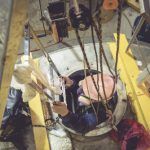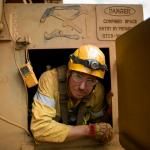
Things You Should Know About Working In Confined Spaces
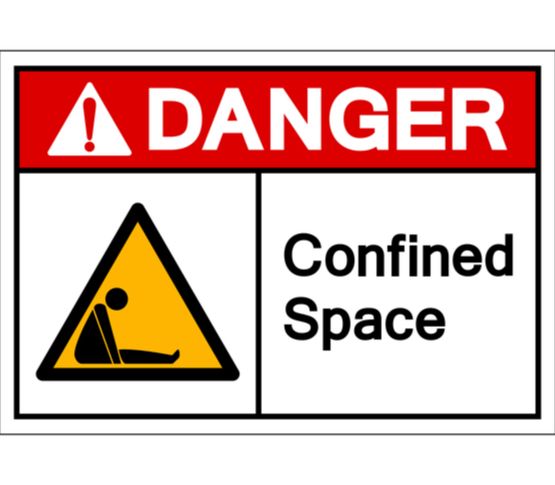
Working in confined spaces is a heightened risk factor in many workplaces across Ontario.
Due to the inherent risks involved, confined space entry and operations require proper permits and safety training.
There are some essential things every manager, supervisor and employee should know about working in confined spaces. So let’s jump right in…into the article, that is, not the confined space. Here we’ll give you some general knowledge about the confined spaces that you and your team may find yourselves having to crawl into, as a part of your job.
Working in Confined Spaces is Dangerous
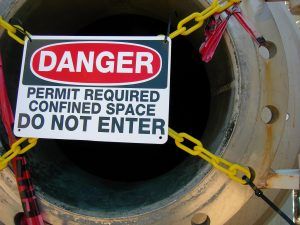 Some confined spaces pose greater danger than others. But all come with their share of safety hazard and risk.
Some confined spaces pose greater danger than others. But all come with their share of safety hazard and risk.
Confined spaces include work areas such as:
- Tunnels
- Manholes
- Wells
- Tanks
- Silos
- Open Ditches
- Vaults
And many others.
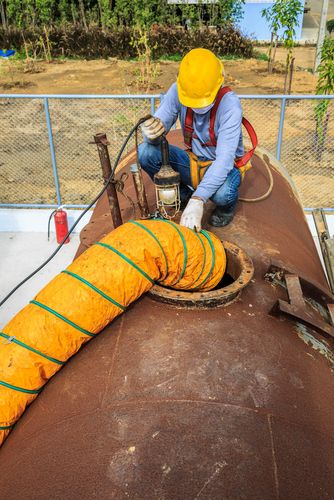 The risks of working in confined spaces cover such hazards as:
The risks of working in confined spaces cover such hazards as:
- Fire
- Chemical Burns / Exposure
- Air Quality
- Asphyxiation
- Biohazards
- Slips, Falls, Getting Trapped, Etc.
- Material Shifting / Falling
As you can see, the combination of risk plus the broad definition of confined space means that many workplaces across Ontario are subject to risk exposure from confined spaces.
Facts About Working in Confined Spaces
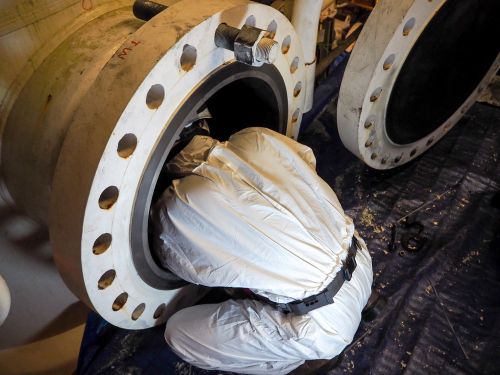
To further underscore the risk or working in confined spaces and the need for confined space safety training, consider the following facts.
- Accidents in confined spaces have resulted in the deaths of hundreds of workers yearly; some of these deaths are labelled as “Partners in Death,” because co-workers often get hurt or die trying to save victims of confined space accidents
- Death in a confined space may be caused by “asphyxiation, engulfment, electric shock, falls and heat stress”
- 85% of confined space accidents can be prevented when workers are educated about the jobs hazards
- Confined spaces are large enough for employees to enter and do their jobs, but they aren’t designed to continuously be occupied by workers due to their limited or restricted entry or exit options
- Some confined spaces require permits for entry; they may contain a hazardous atmosphere, hazardous materials, an internal configuration that may result in suffocation of the worker, etc.
That’s why it’s important to have a proper training plan in place for any and every employee who may encounter or work in a confined space.
Confined Space Safety Training
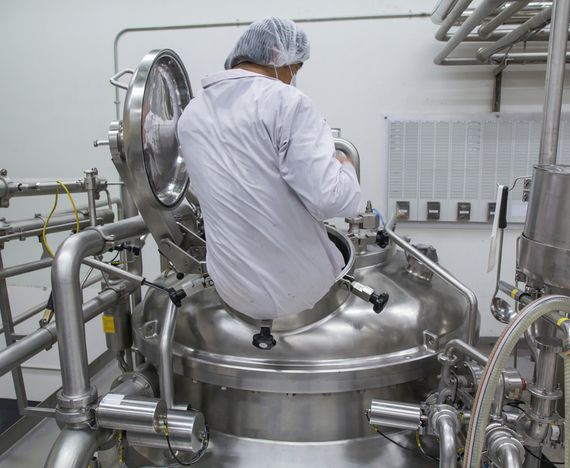 A safe workplace is crucial. Ensuring that you have the right safety procedures and policies in place for confined space entry will help you reduce the risk of accidents and injury in the workplace.
A safe workplace is crucial. Ensuring that you have the right safety procedures and policies in place for confined space entry will help you reduce the risk of accidents and injury in the workplace.
Since Advanced Consulting and Training Ltd.’s founding, our diverse team of certified health and safety professionals has taken great pride in our ability to deliver prompt, cost-effective and relevant workplace health and safety solutions.
As a CPO approved, TSSA accredited WSIB-approved provider, we look forward to discussing how ACT can help with your company’s safety requirements.
Contact us today to find out more about how we can help you design and implement a confined space entry safety training and permit program in your workplace.

